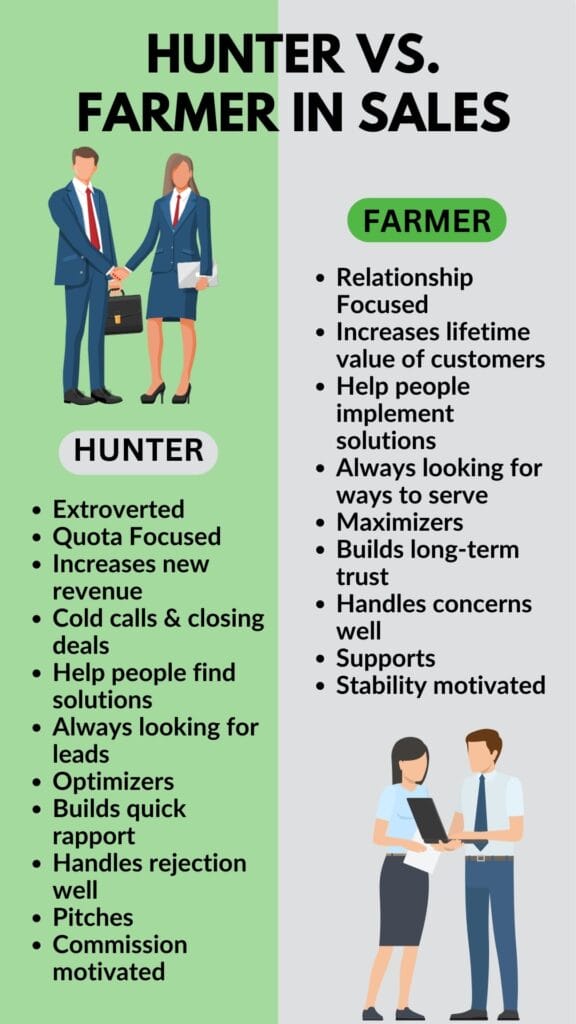When your sales team consists of just one or two reps, you can manually train them without too much hassle. But, as your company grows and scales, you’ll need clear, documented processes that will equip your entire sales team for success — no matter their role or responsibilities on the team.
A high-performing sales team starts with strategic training, which we’ll cover first in this blog. We’ll also cover our best tips on supporting your sales team’s excellence by measuring the right results so you can improve your training and sales techniques over time.
Ready to build a high-performing sales team? Partner with Peak Sales Recruiting to find the top talent your business needs to thrive!
The Tools, Resources, and Action Required to Train Your Sales Team
#1: Upgrade Your Training Materials
Streamlining your training means setting up your systems to be easily shareable, measurable, and optimizable. The first step is having comprehensive, up-to-date training manuals, scripts, and objection-handling guides. By documenting your sales training techniques and processes, you’ll eliminate inefficiencies and be able to easily equip new sales representatives with everything they need to succeed. Your training materials should be organized and easy to access. Ensure you are updating these manuals regularly to reflect the current state of your sales team and customer needs.
→ Make the most of your sales rep’s first 90 days. Download our free eBook that will guide you through training your new employee to produce—fast.
#2: Utilize Your Sales Training Platforms
With the right sales training platform, you can provide your sales representatives with interactive training modules, complete sales training courses, product knowledge training, and more. Just having this training available isn’t enough, though. Your sales training platform should enrich your existing training and be referred back to during training to reinforce key concepts and skills. They should make training more efficient and accessible. Representatives need to have these platforms integrated into their everyday tasks and responsibilities. Discuss your platform and demonstrate how it can be used for your team. Be sure that any sales training you use from an external source is highly credible and aligned with your company’s values and goals.
#3: Teach Employees With Sales Playbooks
Sales playbooks are a powerful way to guide your sales representatives through challenging scenarios. Your playbooks should address your sales best practices and outline how employees should handle various situations they are likely to encounter. Sales playbooks can come in the form of written text, videos, or in-person workshops. Don’t make the mistake of assuming your new hires are trained well. The only way to ensure your reps have the skills they need to be successful is by training them with your company materials.
#4: Implement Role-Playing
Role-playing can be used as a form of micro-training to reinforce training content from your sales playbooks, training platform, and training materials. Through mock sales calls, your representatives can practice responding to scenarios, overcoming objections, and closing sales. Role-playing is also one of the quickest ways to form new habits, by helping reps apply their skills in a low-stakes environment.
#5: Make Time for Shadowing
Experienced representatives are often the best source of real-world experience for new hires. Their expertise and wisdom provide a behind-the-scenes look in a hands-on environment and can give less experienced sales representatives a better idea of what to expect on the job. Give new hires an opportunity to shadow a variety of top performers as each rep will have a different style. This way, new hires can learn intangible skills like pace and tone of voice and integrate these styles into their own sales.
#6: Offer Regular Coaching and Feedback
Coaching and constructive feedback can grow your employees by leaps and bounds. The difference between the two is that coaching is more dialogue-focused and supports sales representatives in problem-solving, goal setting, and planning for achieving those goals. Feedback can be more passive on the employee’s side and assertive on the manager’s or sales leader’s side. A successful manager will regularly check in with reps during one on one meetings. Peak recommends you meet weekly.
→ To structure your one-on-one meetings for maximum impact, check out our guide to creating a one-on-one meeting agenda here.
#7: Participate in Seminars and Conferences
Webinars, seminars, and conferences are another way to address the professional development needs of your sales team. You can arrange for employees to attend or organize your own industry-specific webinars and seminars. Encourage seminar attendees to bring back value to the company to solidify what they’ve heard. This practice ensures your entire team gets the knowledge benefit without actually having to attend the seminar.
How to Measure the Success of Your Sales Team Once They’ve Been Trained
Focus On The Right Metrics – Key sales metrics to track include conversion rates, generated revenue, and size of deals. For individual sales reps, you should also have a performance review process in place that informs which metrics you’re watching.
→ Need help determining how to measure your employee’s success? Download our free eBook and plan your sales representative’s next performance review.
Determine Your Lead Response Time – The rate at which your reps respond to incoming leads plays a vital role in sales success. New leads should receive quick responses to qualify leads in a timely manner. If there is a lag in your sales process at this step, it will affect all other sales metrics along your sales pipeline.
Perform a Pipeline Analysis – After your leads enter your sales pipeline, you can measure and analyze the health and progression of their journey. Pay attention to places along the pipeline where leads take a particularly long time, drop out of the sales cycle, or seem to need extra attention from sales reps. These may be areas for improvement.
Listen to Customer Feedback – Your clients are a valuable resource since they have experienced your entire sales process from the receiving end. Gathering feedback about their interactions with your sales team can reveal how you’re doing regarding customer satisfaction and addressing customer pain points. Sometimes, it may even be appropriate to record sales calls to assess your customer’s experience firsthand.
Identify Patterns in Your Win-Loss Records – Diving deeper into your conversion metrics can help you decide where your sales training needs a boost. Analyze your deals and why they were won or lost. Then, look for trends in each category that you can translate into actionable insights for your team.
Assess the Application of Your Training Techniques – As you gather information about your pipeline, customer experiences, metrics, and more, you’ll want to assess if your sales representatives are applying your sales training techniques. If techniques are not being used appropriately, check in with representatives to find out why. Determine where your team could use skill reinforcement, additional training, or clarity in their role.
Consider Team Morale – A motivated and engaged team produces better results. On a day-to-day basis, how is your team’s morale? If your team’s morale is struggling, bring in your sales representatives on a solution. Could they use additional support or encouragement from their leadership? How could they better connect with and support their fellow team members?
Ready to grow and scale your sales team? At Peak Sales we can source the perfect sales representative for your team from our global network of high-performing professionals. Contact us today to discuss your hiring needs.

Latest posts by Kyle Fletcher (see all)
- Employee Referral Programs: Is Your Next Sales Rep Just One Connection Away? – December 27, 2023
- Don’t Make These 7 Offer Stage Mistakes – December 19, 2023
- Mastering Sales Management: 8 Sales Leadership Qualities Required for Success – December 15, 2023












